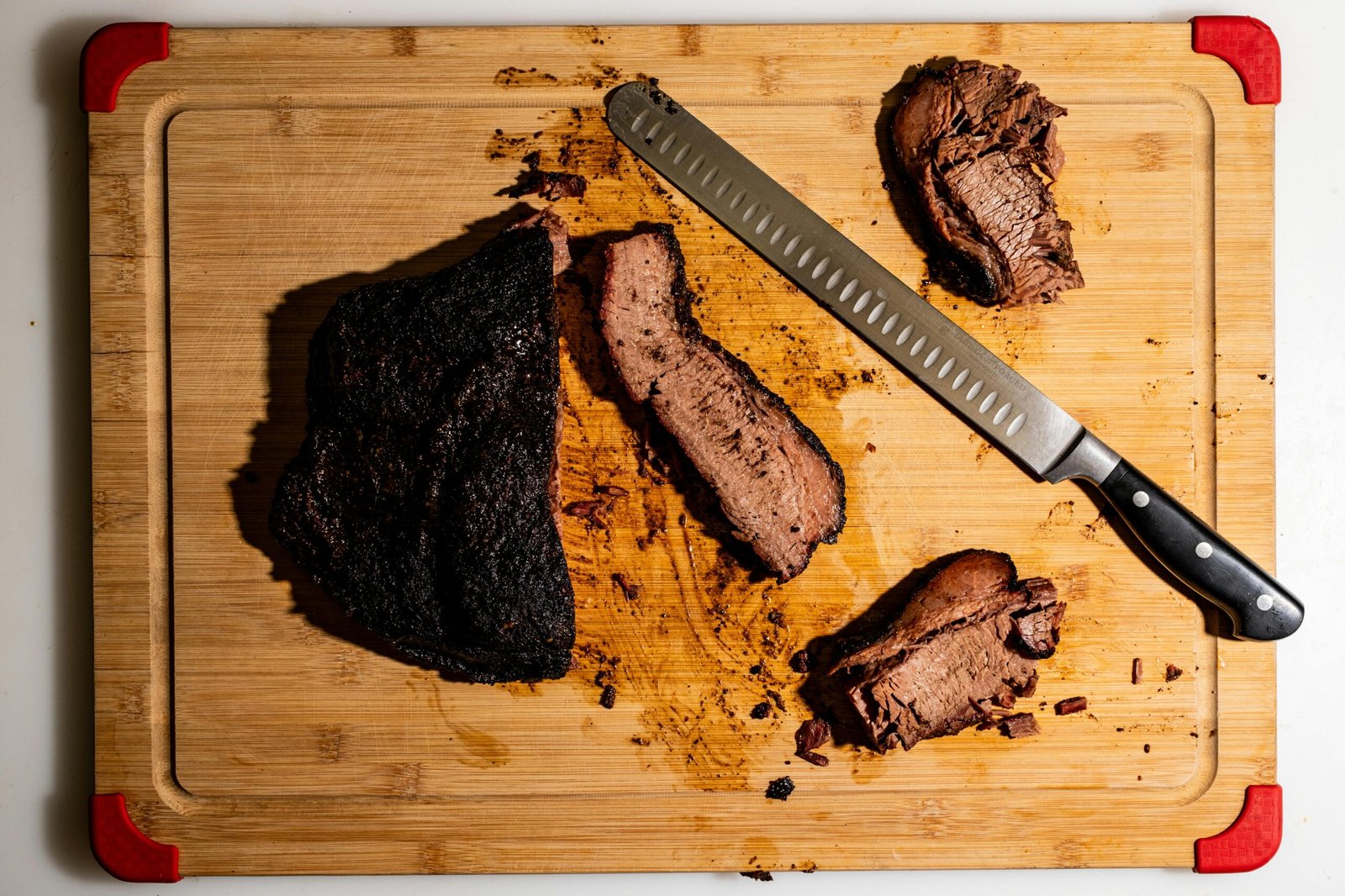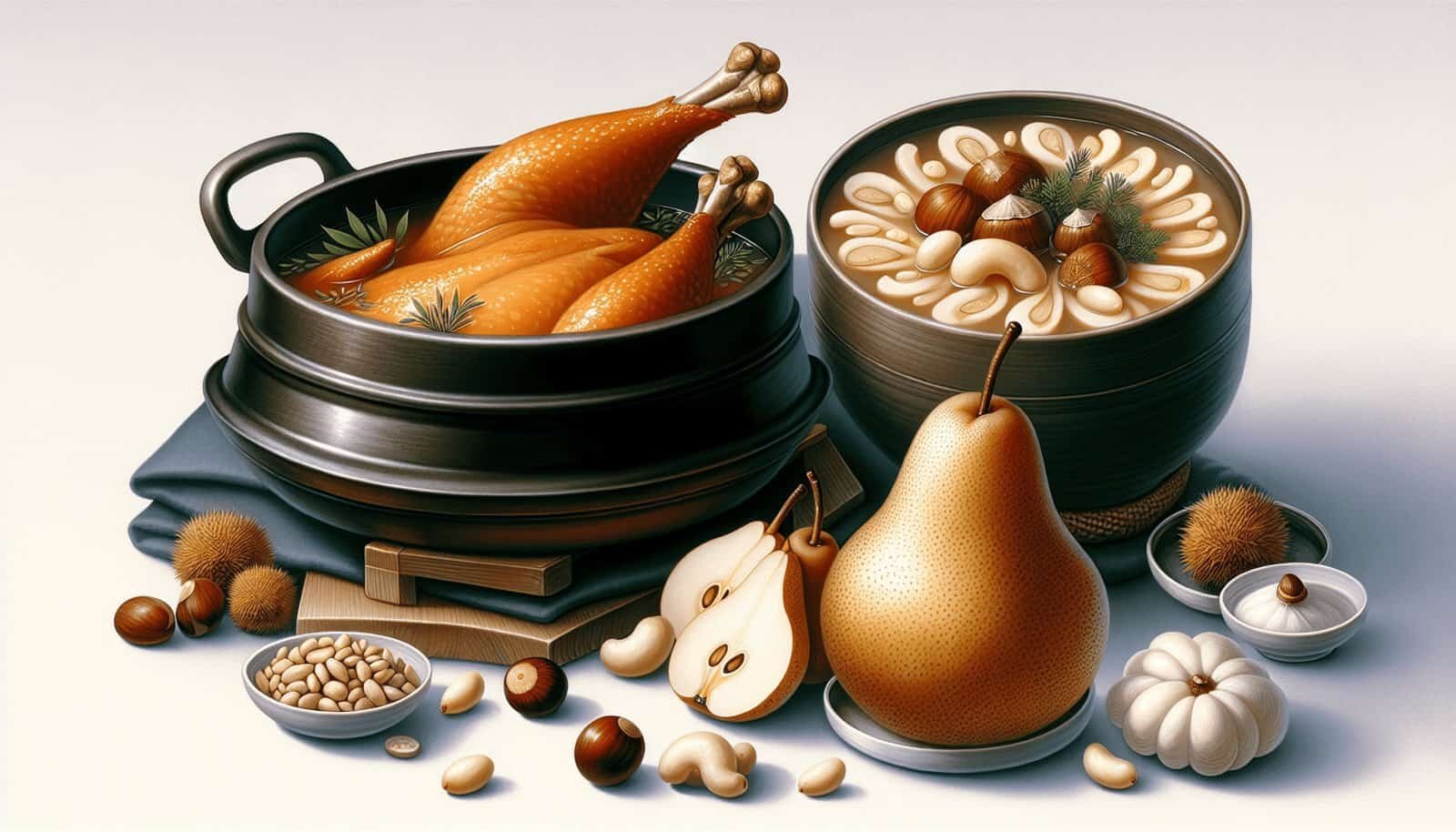Have you ever explored how traditional Korean cuisine uses ingredients like pine nuts and chestnuts? These nuts are more than just snacks—in Korean cooking, they play pivotal roles in adding unique flavors and textures to a variety of dishes. Let’s walk through some traditional Korean recipes that showcase the delightful incorporation of pine nuts and chestnuts.

The Cultural Significance of Pine Nuts and Chestnuts in Korean Cuisine
Pine Nuts: A Forest Treasure
Pine nuts have been a part of Korean cuisine for centuries. They are harvested from the pine cones of certain species of pine trees. Typically, Koreans see pine nuts as a symbol of longevity and strength due to their resilience in harsh climates and their nutritional value.
Chestnuts: A Symbol of Autumn and Family
Chestnuts, on the other hand, have strong ties to Korean culture and are often associated with family and autumn harvest traditions. They are commonly harvested in the fall and used for their sweet and nutty flavor in both sweet and savory dishes.
Traditional Dishes Featuring Pine Nuts
Songpyeon: Half-Moon Rice Cakes
Songpyeon is traditionally prepared during Chuseok, the Korean harvest festival. These rice cakes are filled with a mixture of ingredients, and one of the most popular variations includes pine nuts.
Ingredients:
- Sweet rice flour
- Pine nuts
- Sesame seeds
- Honey
Steps:
- Knead sweet rice flour with water until it has a dough-like consistency.
- Shape the dough into small discs and fold them around a filling made from pine nuts, sesame seeds, and honey.
- Steam the rice cakes on a bed of pine needles for a fragrant finish.
Gujeolpan: A Royal Platter
Gujeolpan is a traditional royal dish consisting of nine different foods, each arranged in a colorful platter. Pine nuts often serve as a topping or ingredient in the fillings.
Components:
- Various vegetables (carrots, cucumber, mushrooms)
- Meat (beef or chicken)
- Thin crepe-like wrappers
- Garnishes like pine nuts
Steps:
- Prepare thin crepes using a light batter.
- Stir-fry the vegetables and meats, seasoning them lightly.
- Arrange the components on a nine-sectioned platter, garnishing with pine nuts.
Traditional Dishes Featuring Chestnuts
Yaksik: Sweet Rice Dessert
Yaksik is a traditional dessert made from glutinous rice, chestnuts, jujube, and pine nuts. This treat is often served during holidays and celebrations.
Ingredients:
- Glutinous rice
- Chestnuts
- Jujube (dried red dates)
- Pine nuts
- Honey or brown sugar
- Soy sauce
Steps:
- Soak and steam the glutinous rice.
- Mix the rice with chestnuts, jujube, and pine nuts.
- Add honey, soy sauce, and water, then steam the mixture again until all flavors meld together.
Galbijjim: Braised Short Ribs
Chestnuts often find their way into hearty main dishes like Galbijjim, where they complement the richness of braised beef short ribs.
Ingredients:
- Beef short ribs
- Chestnuts
- Carrots and radish
- Soy sauce, garlic, and ginger
- Pine nuts for garnish
Steps:
- Marinate the beef short ribs in a mixture of soy sauce, garlic, and ginger.
- Brown the ribs, then simmer them with chestnuts, carrots, and radish until tender.
- Garnish with pine nuts before serving.
Combined Use of Pine Nuts and Chestnuts
Hanjeongsik: The Full Course Korean Meal
In Hanjeongsik, a traditional full course Korean meal, both pine nuts and chestnuts can appear in various forms. These multi-course meals display the breadth of Korean culinary tradition.
- Components:
- Soup or Broth: Often containing pine nuts for added flavor.
- Side Dishes (Banchan): Chestnuts can be part of bean salads or stir-fries.
- Rice Dishes: Pine nuts and chestnuts may both be used as toppings or mixed into the rice.
Japchae: Stir-Fried Glass Noodles
While Japchae typically relies on vegetables and meat, adding pine nuts and chestnuts can elevate the dish to new levels of complexity.
Ingredients:
- Sweet potato glass noodles
- Mixed vegetables (spinach, carrots, mushrooms)
- Beef or pork slices
- Pine nuts and chestnuts
- Soy sauce and sesame oil
Steps:
- Cook the glass noodles until soft.
- Stir-fry the vegetables and meat, seasoning with soy sauce and sesame oil.
- Mix the noodles with the cooked ingredients, adding pine nuts and chestnuts for extra flavor and texture.

Health Benefits of Pine Nuts and Chestnuts
Nutritional Value of Pine Nuts
Pine nuts are a powerhouse of nutrients. They are rich in monounsaturated fats, which are heart-friendly. They also offer a good amount of protein, magnesium, and vitamin E.
| Nutrient | Amount per 100g |
|---|---|
| Protein | 13.7g |
| Fat | 68.4g |
| Carbohydrate | 13.1g |
| Vitamin E | 9.33mg |
Nutritional Value of Chestnuts
Chestnuts are low in fat but high in complex carbohydrates and fiber. They’re also a source of vitamins like C and B, and minerals such as potassium and iron.
| Nutrient | Amount per 100g |
|---|---|
| Protein | 3.2g |
| Fat | 2.2g |
| Carbohydrate | 45.5g |
| Vitamin C | 20.9mg |
Cooking Tips and Tricks
Handling Pine Nuts
When using pine nuts, it’s essential to toast them lightly to enhance their nutty flavor. However, be cautious as they can burn quickly.
Preparing Chestnuts
Chestnuts can be a bit tricky to peel. One effective method is to cut an ‘x’ on them, boil for a few minutes, and then peel once they’re slightly cooled.

Modern Adaptations of Traditional Dishes
Pine Nut Porridge: An Adaptation
Pine nut porridge (jatjuk) is a soothing dish that’s perfect for a light meal. You can modernize it by adding a drizzle of honey or pairing it with fresh fruit.
Ingredients:
- Pine nuts
- Rice
- Water
- Honey
Steps:
- Grind soaked rice and pine nuts together.
- Cook the mixture over low heat, stirring constantly until it thickens.
- Serve with a drizzle of honey and fresh fruit slices.
Chestnut Stuffed Chicken: A Creative Twist
Another modern adaptation is to use chestnuts for stuffing chicken, adding an elegant touch to your meals.
Ingredients:
- Whole chicken
- Chestnuts
- Garlic and herbs
- Pine nuts for garnish
Steps:
- Stuff the chicken with chestnuts, garlic, and herbs.
- Roast until the chicken is golden and cooked through.
- Garnish with toasted pine nuts before serving.
Conclusion
In traditional Korean cuisine, pine nuts and chestnuts aren’t just add-ons; they play essential roles in bringing out the flavor, texture, and nutritional value in a variety of dishes. Whether it be sweet treats like Songpyeon and Yaksik or savory delights such as Galbijjim and Gujeolpan, these nuts enrich the culinary experience. So the next time you find yourself in a Korean restaurant or eager to try something new at home, consider dishes that showcase these wonderful ingredients. Their historical significance coupled with health benefits make them stars in the Korean culinary world, worthy of more recognition and appreciation.

